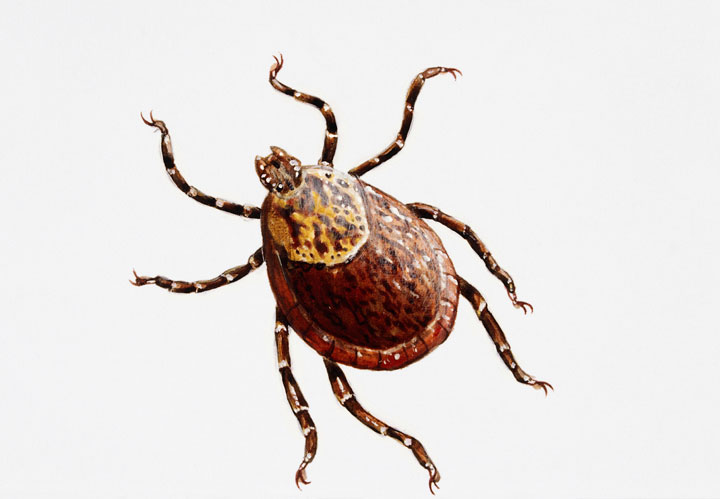It’s prime weather for ticks, and Lethbridge’s damp spring is just how they like it.

“We often see a high number of ticks in years where we have a bit more rain in the spring, or if we’ve had consistent snow cover over the winter,” Jessica Deacon-Rogers with the Helen Schuler Nature Centre said.
“Last year I know we had quite a dry spring and we saw very few ticks, this year is more average.”
The Lethbridge region has one familiar type of tick, the rocky mountain wood tick. The good news, they don’t carry lime disease, however, they can carry rocky mountain spotted fever, but Deacon-Rogers said that’s rare.
“They are a smaller species of tick, so they would be about half the size of my pinky fingernail,” she said.
Deacon-Rogers said ticks like to live in long grass, making it easy to latch onto people or any kind of four-legged animal.
“When you’re walking by, they hang out upside down and wait for animals to walk by that they can crawl off and then crawl onto your body,” she said. “Sometimes people ask if ticks can jump or fly, and they can’t.”

Its not just people that are at risk for ticks.
Dr. Kate Lupton, a veterinarian at the Family Pet Hospital, recommends using tick preventative medications and also to checking dogs regularly after walks — focusing on the head, ears, neck, chest and groin areas.
“A tick typically needs to be attached and feeding for at least 24 hours, but can feed for up to 48 hours before it’s going to transmit any disease,” Lupton said.
“The sooner you find it and get it removed, the safer your animal is going to be.”
Lupton added that most of the ticks in the area don’t carry disease, but with the environment always changing, it’s important to conduct routine screening.
“We do tick surveillance, so if you do find a tick on your pet, you can bring it to a vet clinic and they will submit it to the government,” she said. “They do free testing.”
If you find a tick, you can take it to Alberta Health Services for testing.


Comments